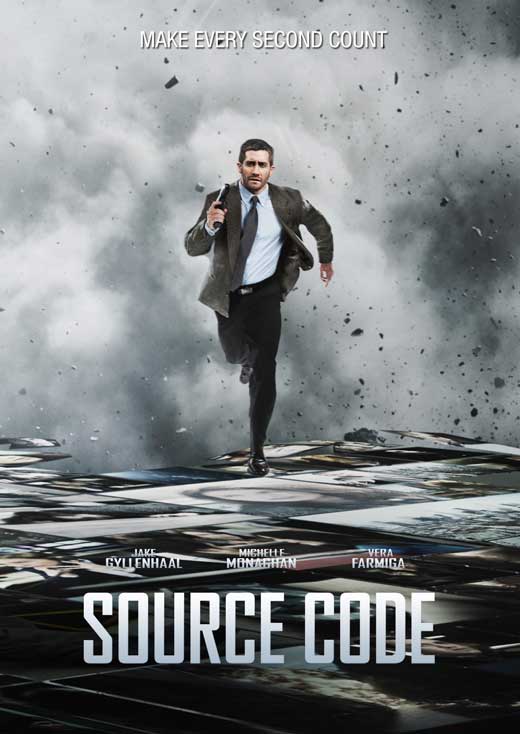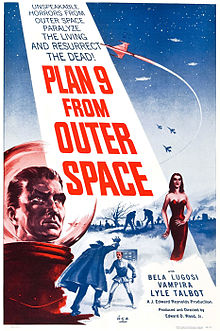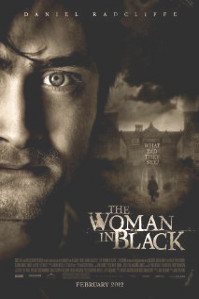The French term Mise-en-Scène, which
literally means ‘placing on stage’, refers to the arrangement of everything that appears in frame, for instance the
actors themselves, costumes, props, lighting and set design. In order to
analyse Mise-en-Scène, you must look at all of these
things and how they contribute to and influence the bigger picture. I have
chosen to analyse part of the opening episode of the third season of the HBO
drama Boardwalk Empire, set during
the prohibition era in Atlantic City. The shot I have chosen to look at in-depth is
during a lavish Egyptian-themed New Year’s Eve party at the residence of ‘Nucky’
Thompson (Steve Buscemi).
 |
| From Left To Right: Nucky, Billie, Teddy, Eddie, Margaret |
From the frame above, we can analyse a
number of things about the Mise-en-Scène of this shot.
Dominance: Both the central man and woman are clearly the focus of
this particular shot. The eye is drawn to the female first though as she is in
focus and is closest to the centre of the frame. Her red lips also draw the eye
as the rest of the shot is predominately sepia toned.
Lighting: Set at night, at a party, this shot does not feature
natural light. The shot isn’t brightly
lit, like a comedy, nor is it infused with shadows such as in film noir. Here
the lighting is moderate – all the characters are equally lit, as well as the background.
This type of lighting is suited to drama like Boardwalk Empire.
Proxemics: As well as being a group shot, it is for the most part a
medium shot – the central man and woman’s waists would be visible if it were
not for the other characters.
Angle: The camera is at a relatively neutral eye level, though all
of the characters are looking down at the young boy. There is no dramatic
intention as this is a regular angle that is utilised in conversations.
Colour: Again, the image is devoid of much colour besides flesh
tones and the drab colours of the clothing, however the woman, Billie Kent’s,
red lips symbolise her spunky character and the passion and excitement she
brings to Nucky’s life as his mistress.
Lens/Filter/Stock: The whole image is in focus, and there isn’t a
great deal of death in the shot. Colour correction has seemingly been applied
to strengthen the sepia tone of the image. Slow film stock is what appears to
be used as the shot is relatively un-grainy and looks polished.
Subsidiary Contrasts: The sarcophagus in the background is noticeable.
The characters on either side of the frame are side-lined and only half
visible, their faces looking the other way. However the young boy’s head barely
makes it into frame.
Density: Although you can see a few people behind the main
characters in shot, there is limited density as most of the shot is taken up by
the group – who we are forced to focus on.
Composition: The shot is highly composed so as to fit all the
characters involved in the frame. This shot follows a circular composition as
the characters are stood in a circular fashion.
Form: This is a closed form image as all the necessary
information – the characters essentially - is carefully structured within the
confines of the frame. The space around the characters seems enclosed and
self-contained to their conversation rather than explorative of the rest of the
party.
Framing: This is very tight, as characters are placed very close
to the edge, with little space to move without being completely obscured. This
suggests the compact nature of the party and the conversation.
Depth: All planes of depth are in focus, though the background isn’t
very interesting.
Character Placement: Billie and her friend are in the middle,
showing that they have the authority in the conversation. The boy’s head being
only barely in the shot, suggests his vulnerability, while Nucky and Margaret are at the sides, suggesting their insignificance in this shot.
Staging: Both centre characters are facing the camera, which the
offers the most intimacy, while Nucky’s face is in profile while the son’s head
is backed to the camera. Margeret is also looking away, making it unclear what
she is feeling or thinking.
Costume: The period costumes in Boardwalk Empire are highly
accurate to the era. All of the characters, except for the boy whose attire isn’t
visible, are dressed formally, with bow ties and suits for the men, and gowns
and hair accessories for the women.
Set Design: As Nucky’s house is in this scene, the set is
decorated with an Egyptian theme, though not much is visible in this particular
shot.
Character Proxemics: Billie Kent and Eddie are rather close together,
indicating a friendly relationship. Nucky and Margaret, husband and wife, are
stood apart from one another. L











